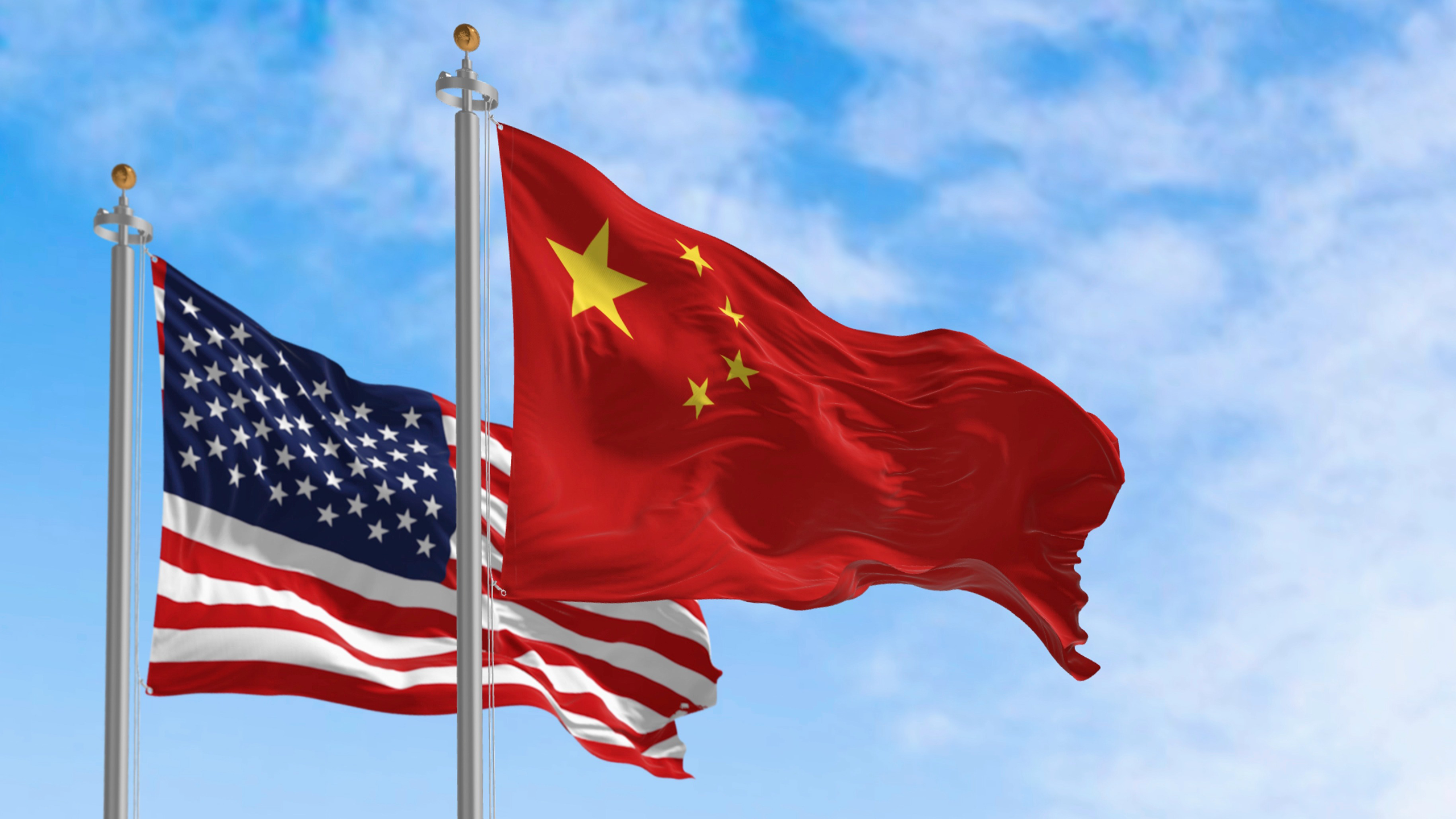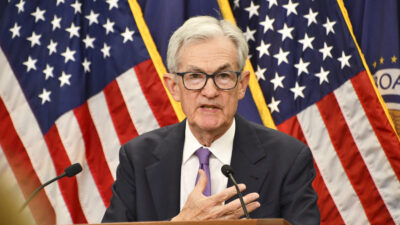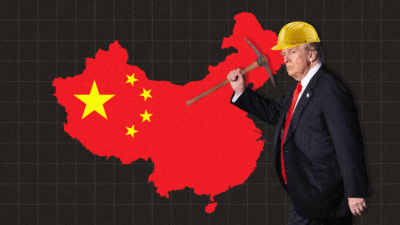A Tale of the Tape in the US-China Heavyweight Trade Bout
The Budget Lab projects that, with the current tariff levels, US and Chinese economies would both be 0.6% smaller in the long run.

Sign up for smart news, insights, and analysis on the biggest financial stories of the day.
Who has the upper hand in a US-China trade showdown?
In the red corner, with an $18.8 trillion 2024 GDP, is China, the only country not granted an exemption from President Trump’s about-face on tariffs. In the red, white and blue corner, boasting a $29 trillion GDP, is the USA. Both countries have now slapped astronomical tariffs on each other, which could cause pain the world over. Here’s how things stack up.
Who Blinks First
As of Thursday, the US tariff rate on most goods from China is now 145%, the White House said. Goods headed the other way are subject to an 84% levy from Beijing announced Wednesday. And one could describe this scenario with the tagline of 2004’s Alien vs. Predator: “Whoever wins, we lose.”
For a start, Ngozi Okonjo-Iweala, the director-general of the World Trade Organization, warned that global GDP could fall nearly 7% in the long term if the world divided into two trading blocs — she added that “merchandise trade between these two economies could decrease by as much as 80 percent.” Then there’s the impact the two economies could have on each other:
- The US ran a $295 billion trade deficit with China in 2024, amounting to nearly 1% of the US economy. China is already struggling with stagnating productivity, a beleaguered property market, high youth unemployment and weakening growth, with Goldman Sachs cutting its forecast to 4% from 4.5% this year. Losing significant access to its biggest customer could make all of these worse.
- In the US, the impact will be felt in the country’s own struggle with inflation: Top US imports from China include smartphones, laptops, appliances, lithium-ion batteries, plastics and raw materials. The Yale Budget Lab found that, even with tougher tariffs outside of China postponed, consumers now face an effective tariff rate of 27% and the average US household may lose $4,700 per year in spending power.
The Budget Lab added that, with the current tariff levels, US and Chinese economies would both be 0.6% smaller in the long run, an effective draw.
While America is the buyer in the relationship, one US sector that will be heavily impacted is farmers: China is the buyer of 14% of all America’s agricultural exports, importing more than $27 billion in 2024, according to the U.S. Department of Agriculture.
Bunker: During a press briefing on Wednesday, Atlantic Council Global China Hub senior director Melanie Hart warned that China, wiser thanks to trade fisticuffs with Trump in 2018, has built up a system of retaliatory measures it has begun to deploy like export controls on critical minerals and blacklisting US companies from exports. “They have a bunker that they’ve been building for this moment,” she said. “They’re in the bunker, and if I’m Xi Jinping, I’m feeling a lot more comfortable than Donald Trump today.”











